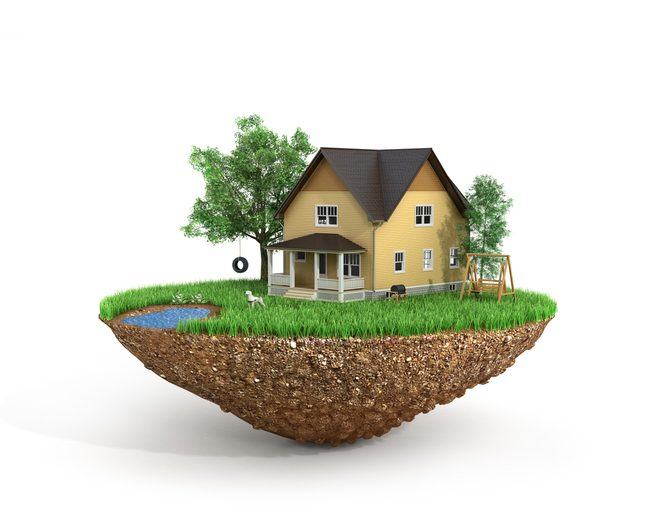What Is the Best Soil for Residential Home Construction?
We often discuss problematic soils that put a home’s foundation at risk; but what is the best soil for residential home construction? Let’s take a look at the most common soil types that confront builders and evaluate each one based on its ability to support a home’s foundation.
Peat: Typically dark brown or black in color, peat can hold a lot of water, making it easily compressible. That said, during the hot summer months, the soil can become extremely dry. These traits make it a poor choice for supporting structures since foundations require stable soil that won’t change or shift much over time.
Clay: Since it is mostly comprised of very tiny particles, clay holds water quite well. Unfortunately, it has such an effective grasp of moisture, the soil can expand substantially during rainy seasons and dry considerably during the summertime. These extreme changes can put a significant amount of pressure on foundations, causing them to eventually crack as they repeatedly move up and down.
Silt: Also comprised of small particles, silt retains water quite well. Unfortunately, this tendency means it drains poorly, causing the soil to expand. When this occurs, it can push against foundations, eventually weakening them over time. For this reason, silt does not provide ideal building conditions in the vast majority of circumstances.
Sand: With the largest particles of the various soils types, sand does not retain much moisture and drains quite well. When moist and compacted, sand holds together relatively well. Because it doesn’t retain water well, sandy soil can support a home, however, the particles can wash away over time, leaving gaps beneath the foundation.
Loam: An ideal soil type for home construction, loam consists of silt, sand and clay. Dark and dry, loam is crumbly and soft to the touch. Because it is evenly balanced, loam is able to hold water at a more balanced rate. This makes it a great option for building, as long as no organic or miscellaneous soils make their way into the surface.
Rock: Shale, hard chalk, limestone and bedrock all have high weight-bearing capacities. This strength and durability make them good for supporting foundations, as long as the rock is level.
You Build it, We'll back you up.
Learn why so many builders enroll their homes in the 2-10 New Home Warranty Program.
Things to Consider
All homes require a strong foundation, constructed safely, efficiently and correctly. Even the best foundations require supportive underlying surfaces that will remain stable in shifting seasons and weather conditions. Every type of available soil has varying properties that impact foundations differently. Generally, soils are more stable when they contain more rock and compacted sand/gravel. That said, the soil must also remain stable through wetting and drying cycles, so foundations won’t crack due to regular expansion and contraction.
Good soil should also be able to capture precipitation, so runoff and erosion don’t damage structures. Finally, good soils for infrastructure should have balanced chemistry to prevent material corrosion. It should also contain very little organic material since this can decompose over time and cause shifting beneath the foundations.
Learn how you can protect your business and add valuable selling points to your new builds with 2-10 Structural Warranties.








